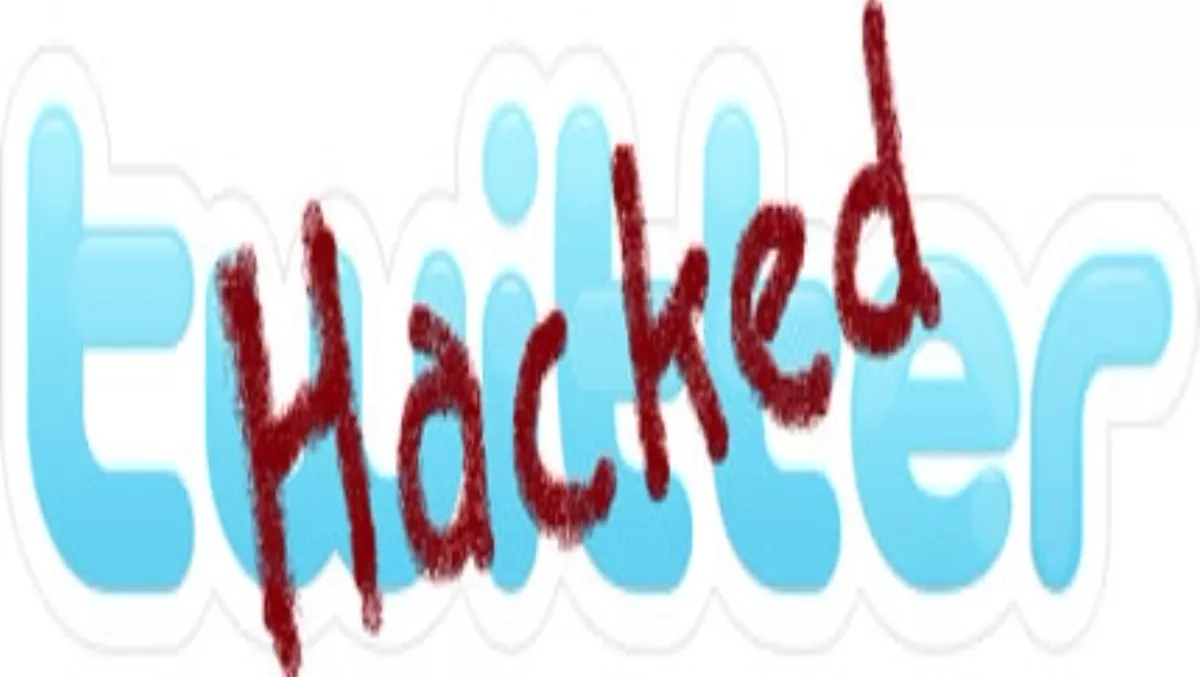
Twitter hacked lessons learned and bring on the cup fever!
This month, the team from Social Media NZ looks at the important lessons you can learn from a hacked twitter account (including how to prevent it from happening in the first place!), Facebook creates a subtle lead generating system and the question is tabled, will social media be able to put bums on Rugby World Cup seats?Twitter hacking: what to do and how to avoid it.On 12 August, like any other morning, Social Media NZ’s creative director John Lai opened up his Twitter. For some reason though, on this particular morning it wasn’t working. After trying his password a few more times it became clear there was a problem. He’d been hacked and it turns out, wrestling control of your account back isn’t as straight forward as you’d hope.You could be thinking that he must have been suckered in by a dodgy link or scam. He probably (unwittingly) has a few times. So this is the first bit of advice: If you’re unsure about anything you’ve clicked on, change your password immediately.Submitting a ticket to Twitter is the officially recommended course of action but days passed with no reply and then things got a little more serious when his account got deleted.Frustrated, he submitted another ticket to Twitter. At the same time, his twitter community warned him through the @socialmedia_nz account that his twitter profile had been completely changed - different avatar, biodata, and three years’ worth of tweets and retweets deleted. Same follower/following list but a completely different profile.After lots of back and forth, and finally tracking a Twitter employee down (on twitter of course) he got his account back from the hacker. Not before a scary moment where both he and the hacker had control of his account - making for some very schizophrenic tweeting.Not a big deal? Well, maybe not so much for a personal account. Frustrating, certainly. And given many people use personal accounts to make business contacts and promote personal brands, inconvenient. But if this were a major corporate business account, these hackers could cause some serious issues. So did he potentially spot a security loophole that Twitter have yet to fix? Possibly, but while they’re working on it back at HQ here are some tips on how to protect yourself.
- Use a different password Try to have a Twitter only password, people tend to have the same passwords for all their platforms and that makes them an easier target for these hackers.
- Activate HTTPS on Twitter This improves the security of your account and better protects you from eavesdropping if you’re using Twitter over an unsecured Internet connection, such as a public Wi-Fi network.
- Revoke connections Sometime hackers can still have access via applications that you have connected with. Make sure you visit the connections tab in account settings. Revoke access for any third-party application that you don’t recognise - to be extra safe, all of them - and re-connect again.
- Update your security Once connected to the internet, you’re susceptible to malware and other viruses if your OS security is not up to date. It’s vital to update regularly.

